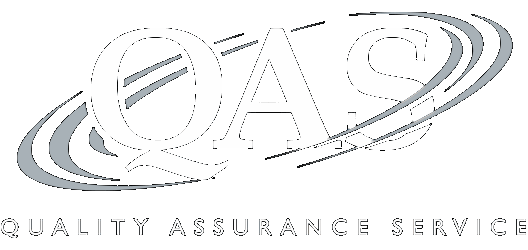179D and 45L Tax Incentives: Qualifications, Impact of Inflation Reduction Act, Caveats, Practical Examples
Note: CLE credit is not offered on this program
Recording of a 110-minute CPE webinar with Q&A
This webinar will explain qualifying for 179D and 45L tax incentives for tax professionals working with businesses owning, designing, building, and constructing property. Our panel of experts will review the benefits, qualifications, and caveats of these lucrative tax rewards for constructing and installing energy-efficient property.
Outline
- 179D and 45L tax incentives: introduction
- History of 179D and 45L including relative case law
- 179D and 45L and the Inflation Reduction Act
- Qualifying for 179D and 45L tax incentives
- Caveats of 179D and 45L
- 179D and 45L examples
Benefits
The panel will cover these and other key issues:
- Qualifying requirements for 179D deductions
- Buildings eligible for the 45L credit
- Examples of specific energy-efficient property and relative 179D deductions
- Caveats to consider relative to these tax incentives
- The impact of the Inflation Reduction Act on 179D deductions and 45L credits
Faculty

Mark Bacon
Practice Lead - Energy Incentives
Leyton
Mr. Bacon is a Professional Engineer with over 17 years of experience. His expertise lies in energy efficiency, team... | Read More
Mr. Bacon is a Professional Engineer with over 17 years of experience. His expertise lies in energy efficiency, team leadership, sales, and operational excellence, making him a valuable asset in leading teams and driving organizational change. Mr. Bacon has a proven track record of success including collaborating on complex, cross-functional projects and measuring results to ensure they deliver optimal outcomes. Currently, he is driving into energy efficiency in the Architecture, Engineering, and Construction (AEC) industry. Mr. Bacon's approach involves leveraging tax incentives for energy-efficient buildings, conducting thousands of studies ranging from energy modeling to site inspections and certifications of results.
Close
Maggie Crowley
Head of Strategic Development
Leyton
Mrs. Crowley brings 10 years of experience in creating profitable strategic partnerships. She has successfully launched... | Read More
Mrs. Crowley brings 10 years of experience in creating profitable strategic partnerships. She has successfully launched the Strategic Development Channel at Leyton, which has yielded a number of mutually beneficial alliances including those with CPA firms, law firms, industry partners, individuals, & more! Mrs. Crowley's sector expertise include, but are certainly not limited to construction, technology, dental, engineering and software.
Close
Devin Medrek
Financial Consultant Team Lead
Leyton
Mr. Medrek is a financial expert in the R&D Tax Credit and Employee Retention Credit. He is backed with robust... | Read More
Mr. Medrek is a financial expert in the R&D Tax Credit and Employee Retention Credit. He is backed with robust professional experience, having processed over 400 R&D claims and supporting client’s correspondence with the IRS in the case of an audit. Currently, Mr. Medrek specializes in the Dental, Software, Biotechnology, and Food/Beverage industry. His tax expertise combined with team leadership skills has driven Devin's continued success in the Financial Consultant Team Lead role at Leyton.
Close
